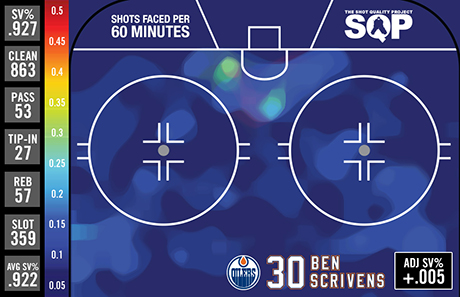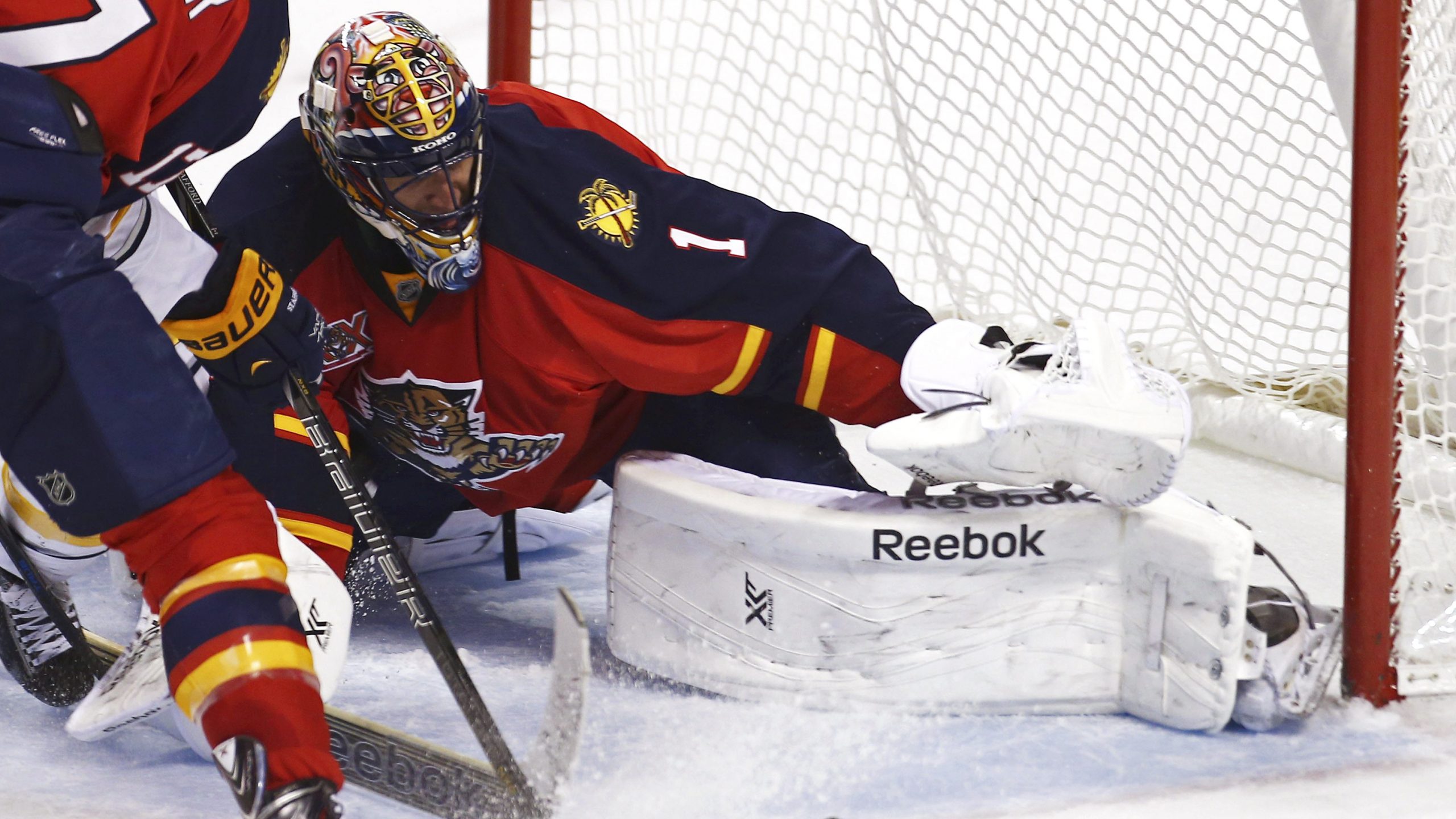The most shocking move around the deadline was Roberto Luongo’s return to the Florida Panthers. The consensus is a win for the Panthers as most opinions I have seen approved of the Panthers deal with the Canucks.
Plenty has been written about the ability of the Canucks to turn Luongo and Cory Schneider into a tandem of Eddie Lack and Jacob Markstrom without really adding any assets to immediately help the current squad. Their failure on the hockey front and the PR aspect of embarrassing and alienating Luongo over a 24-month period makes them an easy target. Luongo has also emerged from this multi-year fiasco by brilliantly re-branding his image through his @strombone1 Twitter account and gaining public support. When the Canucks decided to bench him for the Heritage Classic, Luongo instantly became the hero in this tale. When he was dealt, I was personally happy for him but didn’t find myself in the “Panthers Win” category.
The genius in the @strombone1 social media re-brand is that fans love brand names. When a deal comes over the wire, the initial reaction is generally gauged by the recognition of the brand value found in the names involved in the transaction. Luongo is a multiple All-Star and Olympian, his brand is huge and the lack of returning star power makes this look like an easy win for the Panthers on the surface. But when assessing on-ice value, player branding has to be ignored. Luongo’s brand says elite goaltender, but does his performance?
When I reviewed who I thought should start in Sochi, Luongo came up as a red flag. A player who at nearly 35 was in decline, but people still thought of as the player he was at 30. Judging by the trade reviews that hasn’t really changed much over the past three months. I reviewed Luongo’s work since the lockout and he continues to perform under expectations, despite the Canucks providing him with a solid defensive framework.

When I adjusted Luongo’s workload for movement and slot activity with what a replacement-level goaltender should provide in the same environment, Loungo’s slightly above league average percentages were actually below his expected performance of .923. His descent has been marked by his peers in Vancouver equaling or outperforming him since 2010. The argument that Schneider is much better than the partners Luongo used to eradicate in Florida is a legit defence, but Schneider significantly outperformed Luongo in Vancouver. He took the easier workload and crushed it producing a +.013 above expected during the 2012-13 season. When we factor in aging curves post-35, where does that leave Luongo for the duration of his $5.33-million cap hit?
Regardless of the price the Panthers paid, Luongo seems to already be in decline and during his prime wasn’t capable of dragging the Panthers to the playoffs. If Florida GM Dale Tallon is able to put a strong core around Luongo and make the playoffs, it will have likely been done with average to slightly above-average goaltending, similar to the 2011-12 season.
In Florida, spending to the cap isn’t yet (or maybe ever) realistic, so the remainder of Luongo’s deal is not an albatross as it would be in some cities. The alternative for the Panthers was to be patient with Markstrom, overpay on the UFA market or search for goaltenders who have slipped through the cracks thanks to market inefficiencies. Players like Ben Scrivens could have provided the same or better performance as Luongo, but with less commitment and a lower cap hit.

The Oilers went in a different direction than the Panthers, searching for undervalued goaltenders to invest in with Scrivens and Viktor Fasth. Scrivens has bounced between three teams the past 12 months and has been exposed, like Luongo, to an easier workload. An average goaltender would be expected to produce a .922 save percentage based on his last 1,200 shots. Scrivens has outproduced that by .005. But selling Ben Scrivens, the cap friendly goaltender and strong value play with the backup reputation could be a fireable offense should his 1,200 shot sample be a mirage.
Most GMs are risk averse. Selling Luongo to a fan base that remembers the 25-year-old version and has a league-wide reputation forged during his prime as an elite goaltender is as safe a move as you can make. If he fails, the blame won’t immediately find its way to the GM’s office. This was undoubtedly in part a PR move, Tallon confirmed as much by saying that acquiring Luongo was a statement by the franchise—and mentioned Luongo’s brand recognition in South Florida during his presser.
The Panthers opted for the safe move, as most GMs will, especially if the term of the contract is not a cap factor. The red flags are all over Luongo: the decline of his play in Vancouver, the history of over-35 goaltenders quick decline, and possibly the Martin Brodeur-level headache caused by a superstar who doesn’t understand they aren’t a superstar anymore.
I understand the move when you consider the possible difference in objectives in a market like Florida and the current low value of the assets they moved. The question is should we judge the deal based on the factors of the South Florida market and its PR value or for the on-ice value? It is definitely a PR win in Miami, but I think moving forward they could have accomplished the same results on ice with a less recognizable name between the pipes.

